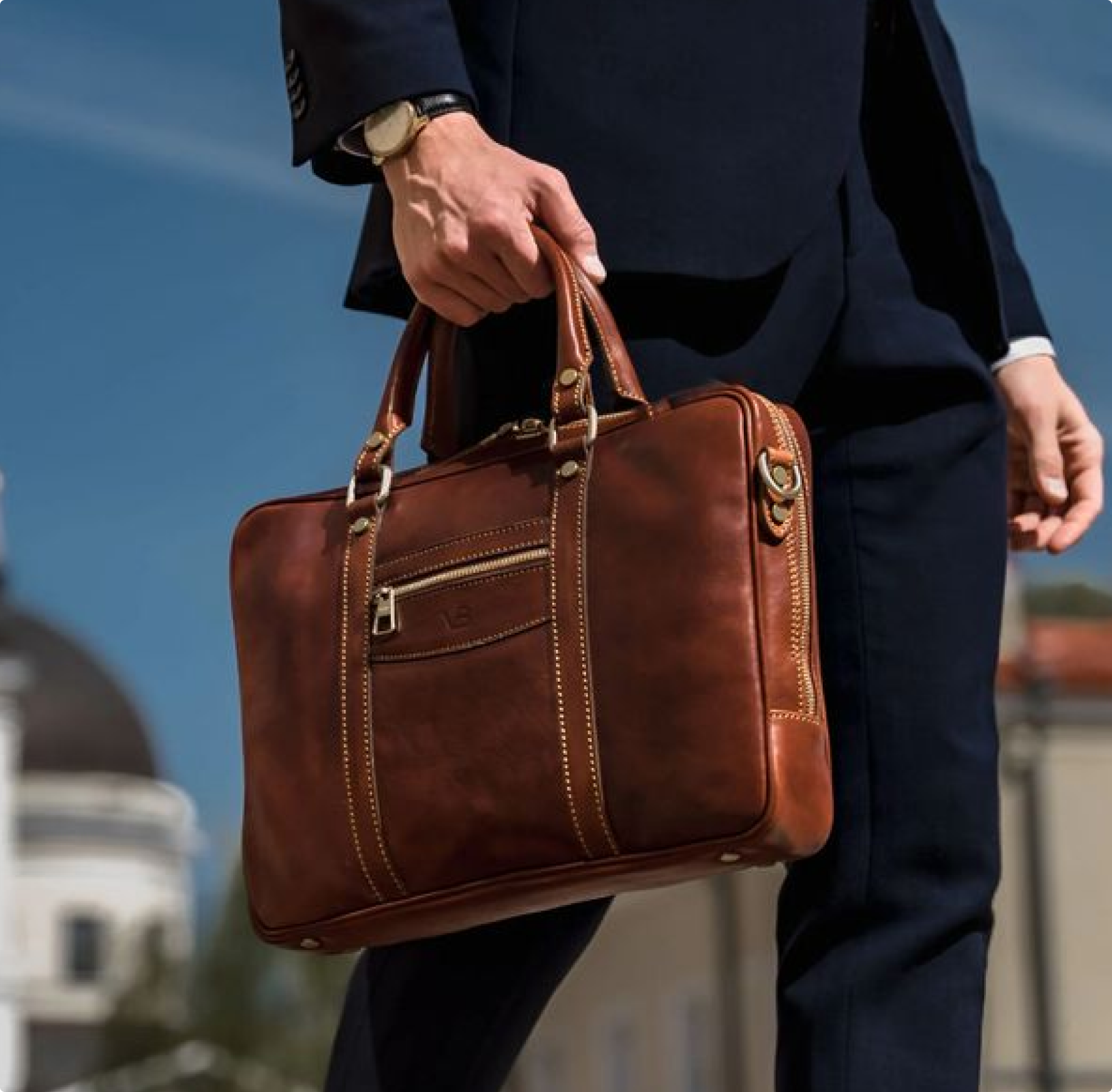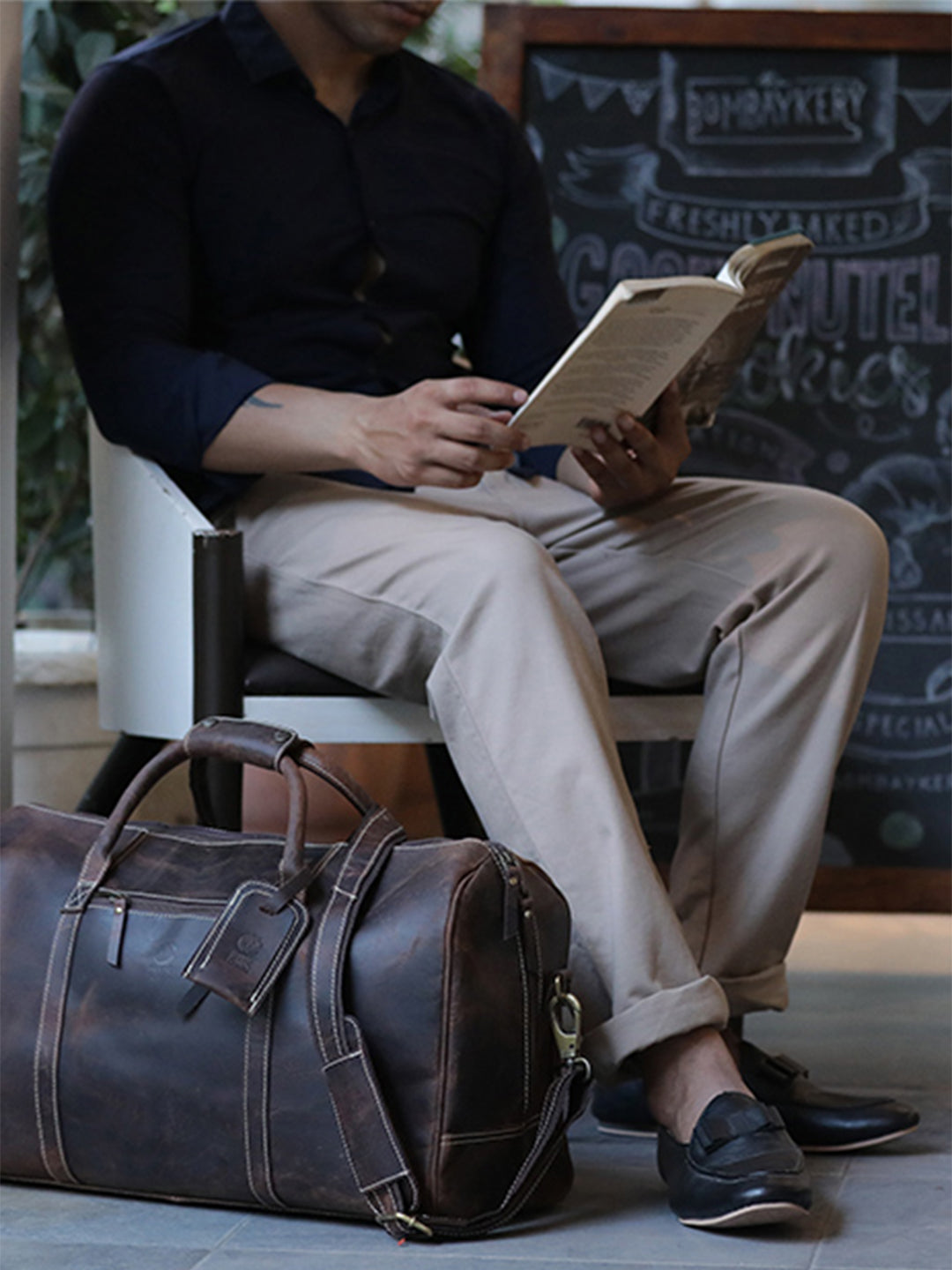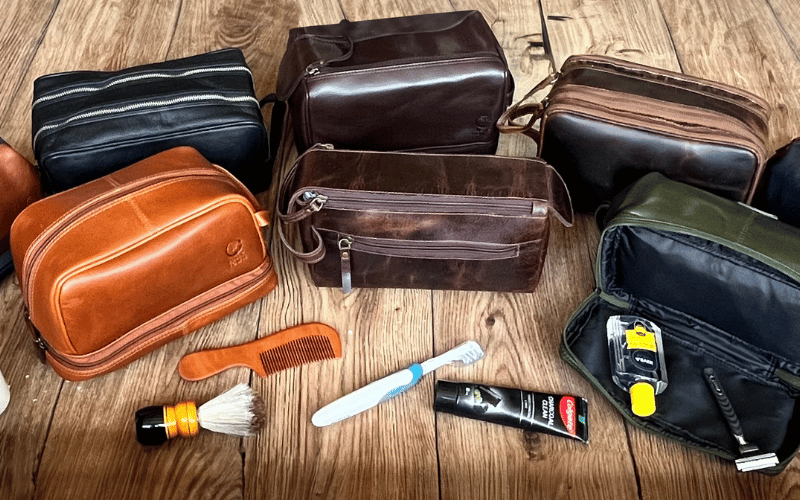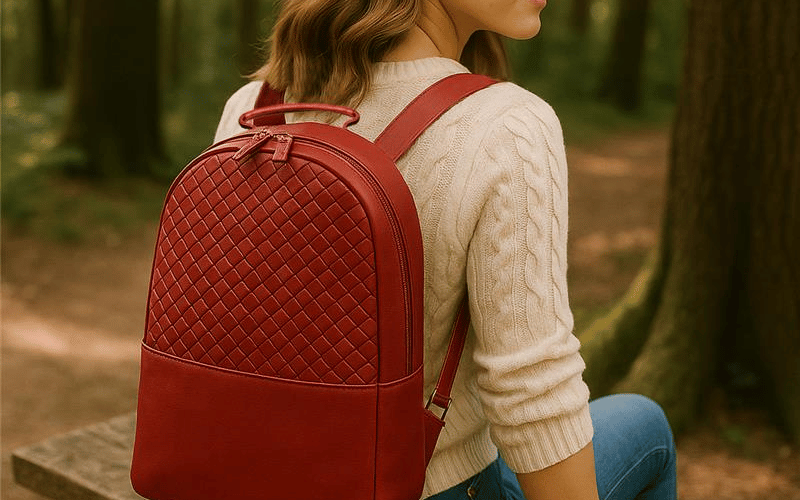Your Leather Travel Bag Exists Because of a French Queen's Shopping Addiction
Most people assume travel bags evolved naturally from luggage needs. They imagine merchants and explorers gradually improving their carrying methods over centuries of practical use.
The truth is far more scandalous.
It All Started with Marie Antoinette in 1780s France
The Queen had a problem that would make modern fashionistas weep with understanding: She owned over 300 dresses, but traditional wooden trunks were crushing her delicate fabrics during travel between palaces. Every journey between Versailles and her other residences meant arriving with wrinkled silks and damaged embroidery.
Her solution nearly sparked a revolution.

The Birth of Luxury Luggage
In 1785, Marie Antoinette commissioned Malletier Trianon (Louis Vuitton's predecessor) to create something unprecedented: the first soft-sided travel bag. This wasn't just an improvement on existing luggage, it was a complete reimagining of how the wealthy could transport their possessions.
The Revolutionary Design Features
Flexible leather construction replaced heavy wooden planks, protecting expensive garments without the crushing weight of traditional trunks. Imagine the relief of Marie Antoinette's ladies-in-waiting, no longer struggling with massive wooden containers.
Flat-lying design allowed dresses to rest naturally instead of being crammed into rigid boxes. For the first time, court gowns could travel as carefully as they were stored in palace wardrobes.
Reinforced corners prevented wear from constant loading onto carriages. These bags needed to survive the rough roads between royal residences, bumping along cobblestones and dirt paths.
Lockable closures protected valuable contents from curious servants and potential thieves. In an era where a single dress could cost more than a house, security wasn't optional.
The cost? Six months of an average worker's wages for a single bag.

The Scandal That Changed Everything
When news leaked about the Queen's extravagant travel accessories, it became a lightning rod for public fury. French citizens were literally starving while their Queen commissioned luxury luggage that cost more than most people earned in half a year.
Political pamphlets began mocking "Marie Antoinette's precious bags" as the perfect symbol of how completely disconnected royalty had become from their subjects' daily struggles. Street artists drew caricatures of the Queen surrounded by expensive luggage while peasants begged for bread outside palace gates.
The travel bags became more than accessories, they became evidence of royal excess that fueled revolutionary fervor.
The Ironic Evolution
What happened next reveals one of history's most fascinating ironies:
1790s: The French Revolution made owning luxury luggage genuinely dangerous. Former aristocrats hid or destroyed their expensive bags to avoid identification and execution.
1800s: The expanding middle class adopted simplified versions of Marie Antoinette's design for the new era of train travel. Suddenly, comfortable travel wasn't just for royalty.
1900s: Mass production techniques made quality travel bags accessible to ordinary families planning their first vacations.
1950s: The jet age demanded lightweight, durable designs that could withstand air travel's unique stresses.
The Design That Outlived Its Creator
Marie Antoinette lost her head, but her luggage innovations survived and thrived. The basic soft-sided, reinforced design she commissioned became the foundation for every quality travel bag manufactured since.
Modern leather travel bags still incorporate her core innovations: flexible construction, flat storage compartments, reinforced stress points, and secure closures. The only thing that changed was making them affordable enough for everyone to own.
From Royal Excess to Democratic Travel
The bag that once symbolized aristocratic indulgence now democratizes comfortable travel for millions. Every time you pack for a business trip or family vacation, you're using luggage technology that was once exclusive to European royalty.
When you invest in a quality leather travel bag today, you're not just buying luggage, you're carrying forward design principles refined by history's most demanding (and ultimately doomed) travelers.
The Ultimate Historical Irony
Marie Antoinette wanted luggage that would preserve her precious possessions during travel. She got exactly that, plus something she never expected: her design innovations would preserve her legacy long after the revolution erased almost everything else about her reign.
Every leather travel bag is a small monument to the power of good design to transcend the circumstances of its creation. Revolutionary fervor couldn't destroy practical innovation, it only made it available to everyone.
Ready to travel with royal-quality craftsmanship (minus the revolutionary consequences)? Discover premium leather travel bags that honor centuries of refined design at RusticTown.com







